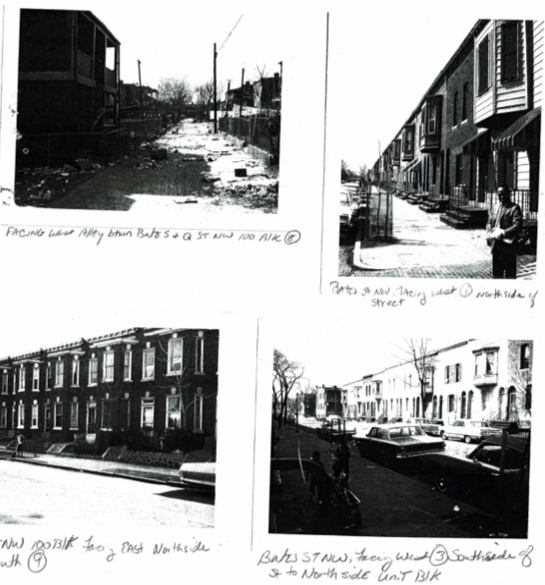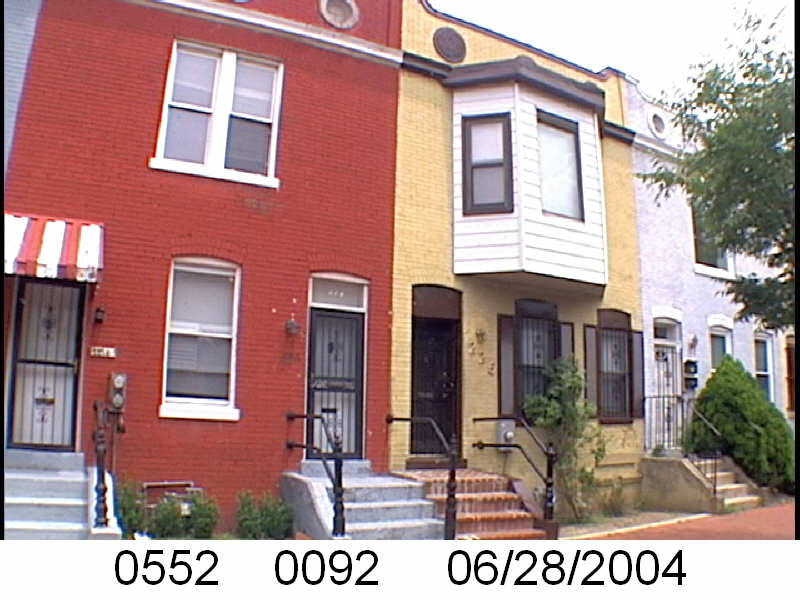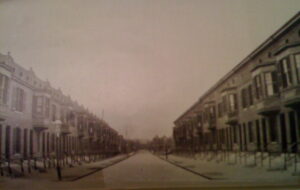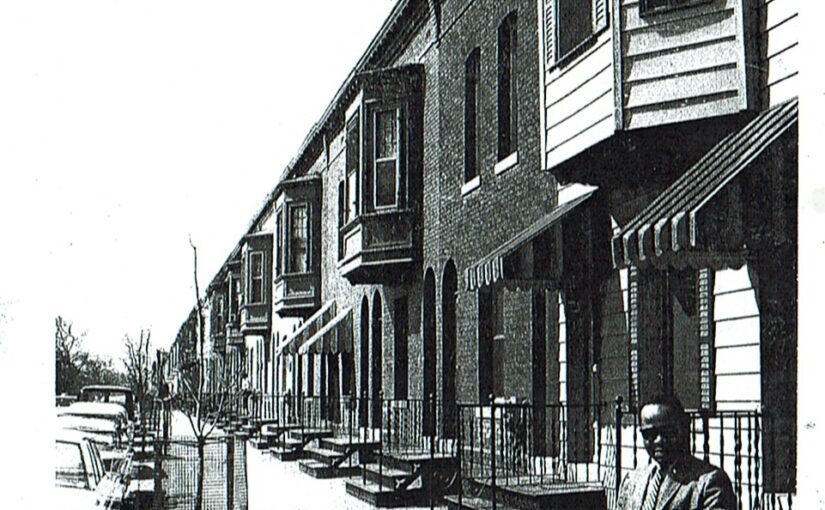I’m not done with the WSIC-1950 Sell Off series of posts, but I can recognize a pattern. What’s the pattern? The houses formerly rented by the Washington Sanitary Improvement Company (WSIC) were sold by the Colonial Investment Co who would sell two halves of a house to African American buyers. And then there would be a foreclosure. Not always, but very often. And for some mysterious reason the property always returned back to the Colonial Investment owners. Then they would sell it to slum landlord George Basiliko who would eventually sell the property to the DC Redevelopment Land Agency. That was the pattern.
 There was something else I noticed in the pattern. It wasn’t obvious. It was what I did not see with other Black home owner posts.
There was something else I noticed in the pattern. It wasn’t obvious. It was what I did not see with other Black home owner posts.

The WSIC series came after a lot of Black Home Owner of Truxton Circle series’ posts. For most of the Black home owners I looked at between 1920 to about 1950 most things were fine. They borrowed money, they sold their homes, willed their homes to family members…. who then sold the houses. Every so often, there would be a foreclosure. Sometimes the lenders would be institutions like the Perpetual Building Association or individual trustees.
I noticed that for most WSIC buyers they did not have the option of institutional lenders. 
Redlining is when home buyers and owners in an area are denied financial products, like home loans, because of where they lived. Their area was red-lined.
In one Sherlock Holmes detective story, the great detective noticed that the watchdog did not bark the night of the murder, hinting that the dog knew the murderer. It took me a while but I noticed there was no other lender than Colonial Investment’s lenders. I found the redlining when WSIC buyers were denied other financial products. It was a subtle fact like the dog who did not bark. It was the lenders who were not there, who operated elsewhere in other parts of the neighborhood.
The red line was between North Cap, 3rd St, P and Q Sts NW and only of formerly WSIC homes.

